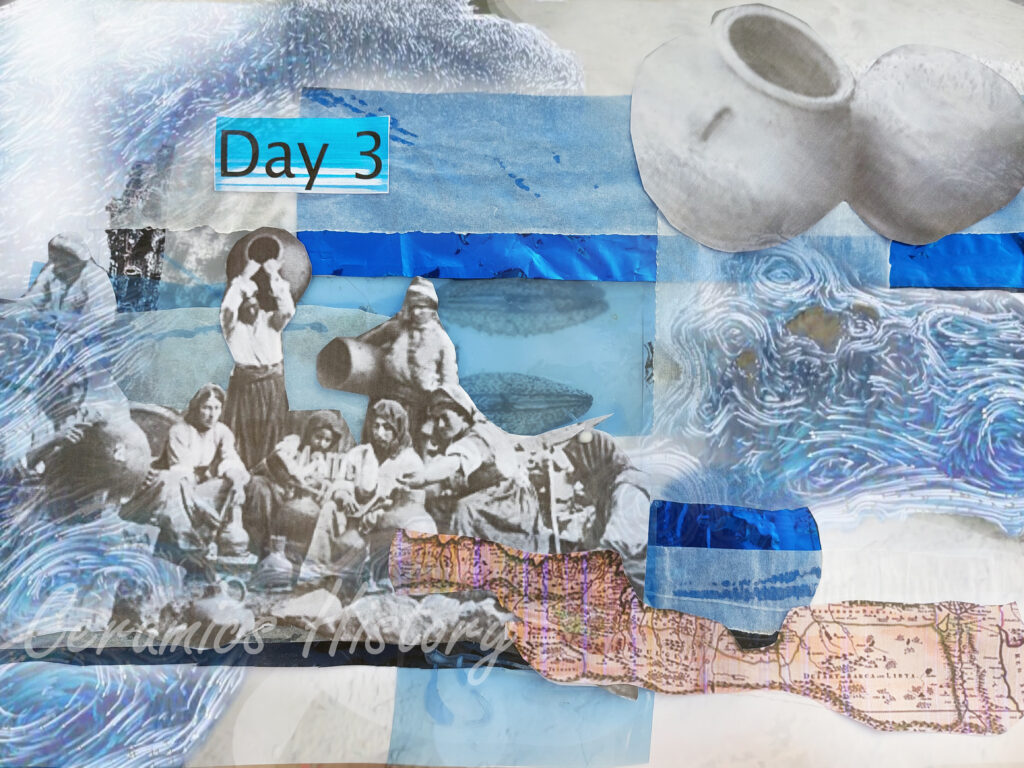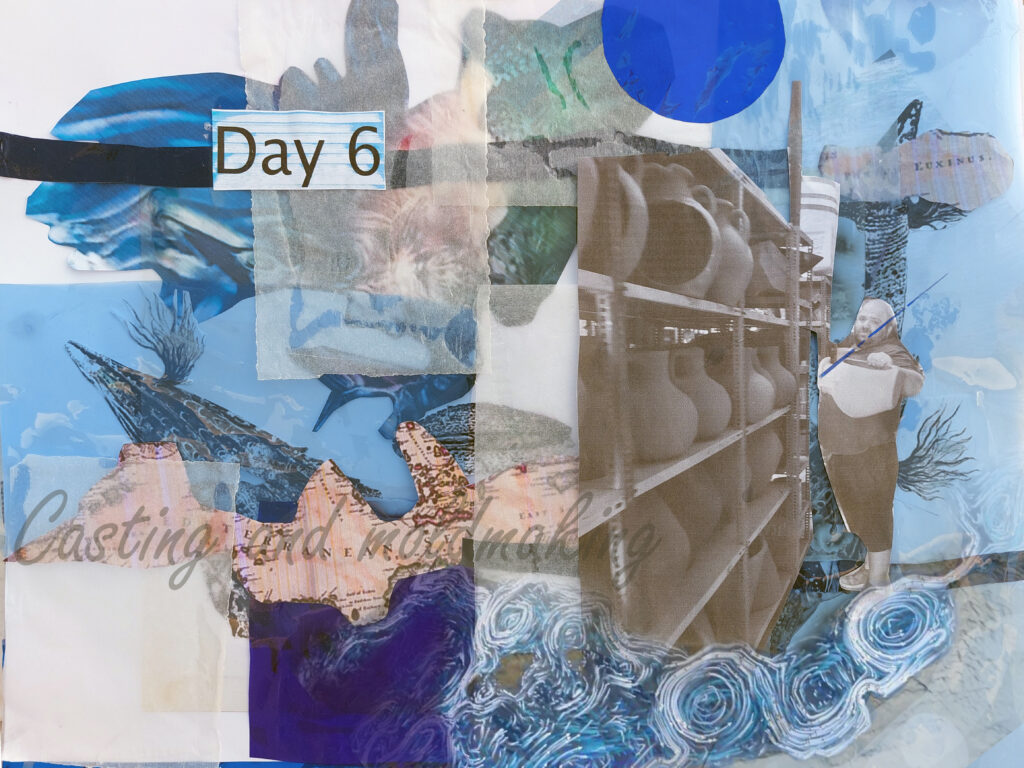MARLANDS resident artists Olga Sabko, Max Fouchy, Edgar Sarin, Lucy Orta, and Klitsa Antoniou flew to the islands to develop their artwork prototypes. Their creative processes have begun with cultural and environmental immersion in each of the islands. This immersion has offered them the possibility of getting in contact with local cultural arts artists, that have introduced them to some of the materials and techniques they will use in their work. Our residents have also become familiar with the geographical space around them, as well as with the islands’ cultural background, which has allowed them to lay the foundations of the imaginary on which their projects will be build. Artists residencies have been accompanied and curated by Elena Posokhova in Mallorca, Bince Briffa in Malta and Mariagrazia Pontorno in Sicily.
MARLANDS is a contemporary art project that unites artists and researchers to work together on art, cultural heritage, and ecological issues of the Mediterranean Islands, to promote their harmonious coexistence.
Curated and founded by Elena Posokhova, co-funded by the European Union, in partnership with Universidad Católica de Valencia San Vicente Mártir (UCV), contemporary art museum in Mallorca Es Baluard, cultural center in Malta Spazju Kreattiv, and the Isola Catania, a creative hub in Sicily.
Max Fouchy in Sicily
Max Fouchy, whose proposal is inspired by the environmental impact of plastic waste, has designed a prototype made of plastic bottles. In his project, he has collaborated with Legambiente, a local environmental organisation, as well as with Magda Masano, a Catania-based cultural arts artist who will complete Fouchy’s prototype with her lava-stone works. Sicilian culture is largely defined by the volcanic nature of the island, and it was fundamental for Fouchy to get in touch with the territory in which he would develop his creative process. That is why he has visited Mount Etna in Catania, one of the main geographical features of the country, and the biggest active volcano in Europe. He has been accompanied by the Sicily residency coordinator, and co-curator Mariagrazia Pontorno, and also by the renowned vulcanologist Boris Behnke, who has helped him to understand the mechanisms ruling the Sicilian volcano from and empirical point of view. Fouchy, who feels deeply inspired by the image of the Etna, has himself declared that he feels “attracted to this geological giant monster”. He has held a press conference at the cowering space Isola Catania with Mariagrazia Pontorno, co-curator in Sicily and Elena Posokhova, the MARLANDS project curator and founder. Artist held several workshops at Isola Catania to produce the first parts of his future installation with help of his assistants Gaia Ferrara and Daniele Lombado.
Co-curated and coordinated by Mariagrazia Pontorno.



Edgar Sarin in Malta
Edgar Sarin has set up the conceptual pillars of his prototype, inspired by the water crisis affecting the Mediterranean islands, and particularly, the Maltese Islands. As he has put it into words: “Water is a romantic issue, relevant as well in a place like Malta”. The artist has gotten in touch with several experts, who have helped him to shape his approach to the project. He has established his first contact with Daniel Azzopardi, Spazju Kreattiv’s director. This space will play a major role in Sarin’s residency, being the main partner institution of the MARLANDS Project on the island. After exploring some of the main historical landmarks of Valletta, such as Hastings Gardens or the National Museum of Archeology, and after visiting the former capital of Malta, the walled city of Mdina, he has been invited to the University of Malta, where he has met the Digital Arts students, having also the chance to talk with Timmy Gambin, a marine archeologist who is specialised in the study of submerged objects.
Co-curated and coordinated by Vince Briffa.
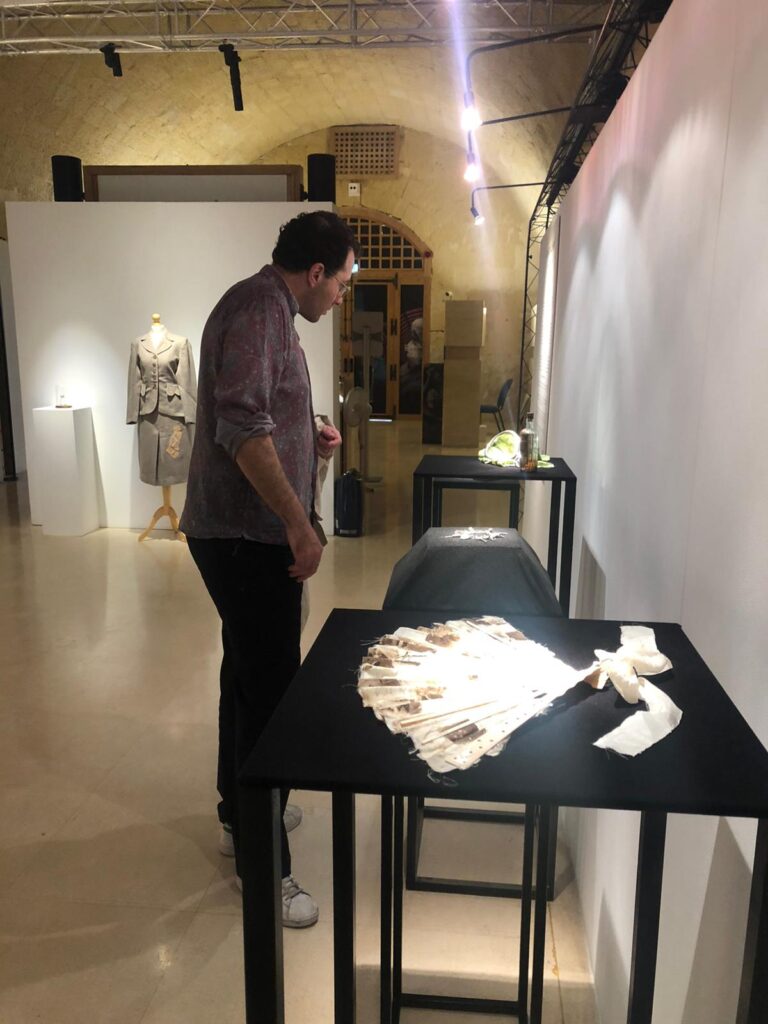


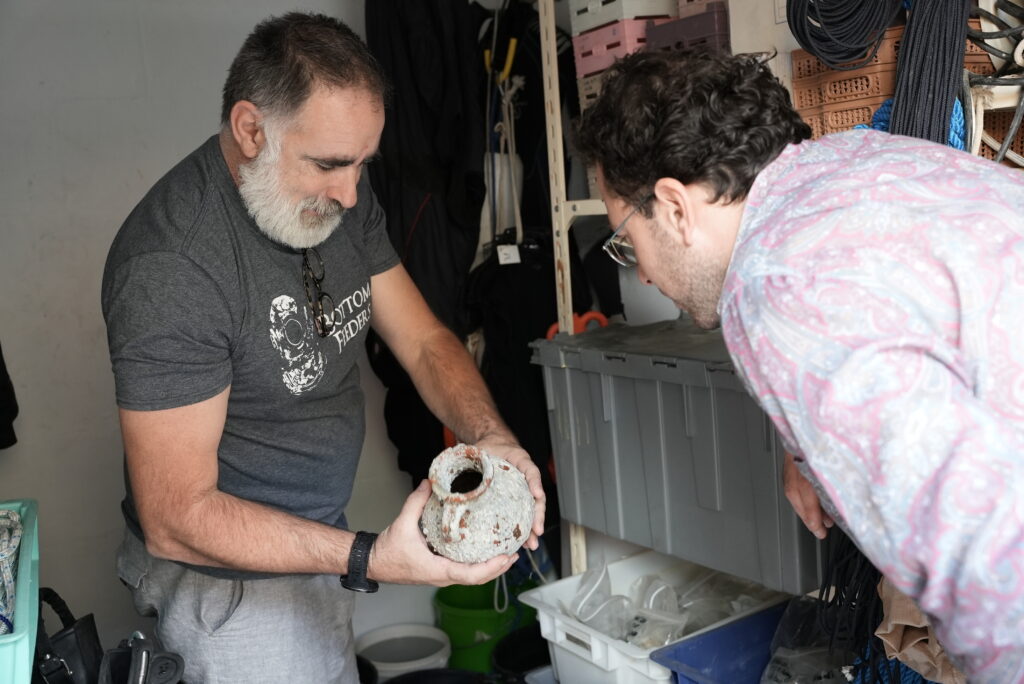
Olga Sabko in Mallorca
In the first days of her residency, Olga Sabko’s has explained the theoretical background of her project in an interview with Magda Albis, head of the press and communication center of the Es Baluard Museum in Palma. She also visited the local studio Antica Mallorca to discover authentic local tradition of palm weaving and ceramic crafts. Her proposal is based on the idea of the garden as a symbiotic space in which coexist humans and nature. In the garden that she proposes “people live with nature and for nature, and nature shares generously its resources”. To inform herself about the Balearic Islands ecosystem she has visited Jorge Torrados at the Mediterranean Institute of Mediterranean Institute for Advanced Studies (IMEDEA). She has also visited Sóller Botanical Garden along with its curator, Magdalena Vicens. Trained as a biologist, and aware of the island’s uniqueness as an ecosystem, the common thread of the career has been the preservation of endangered native species. Vicens has shown Sabko her studies on the growth of endemic plants, as well as the Botanical Garden’s impressive herbaria, an extensive collection of dried specimens of Majorca’s flora. To complete her impression of the island’s artistic background she has visited the Pilar & Joan Miró Foundation. Both of these aspects will be an essential source of inspiration for the development of the artist’s project.
Curated and coordinated by Elena Posokhova.
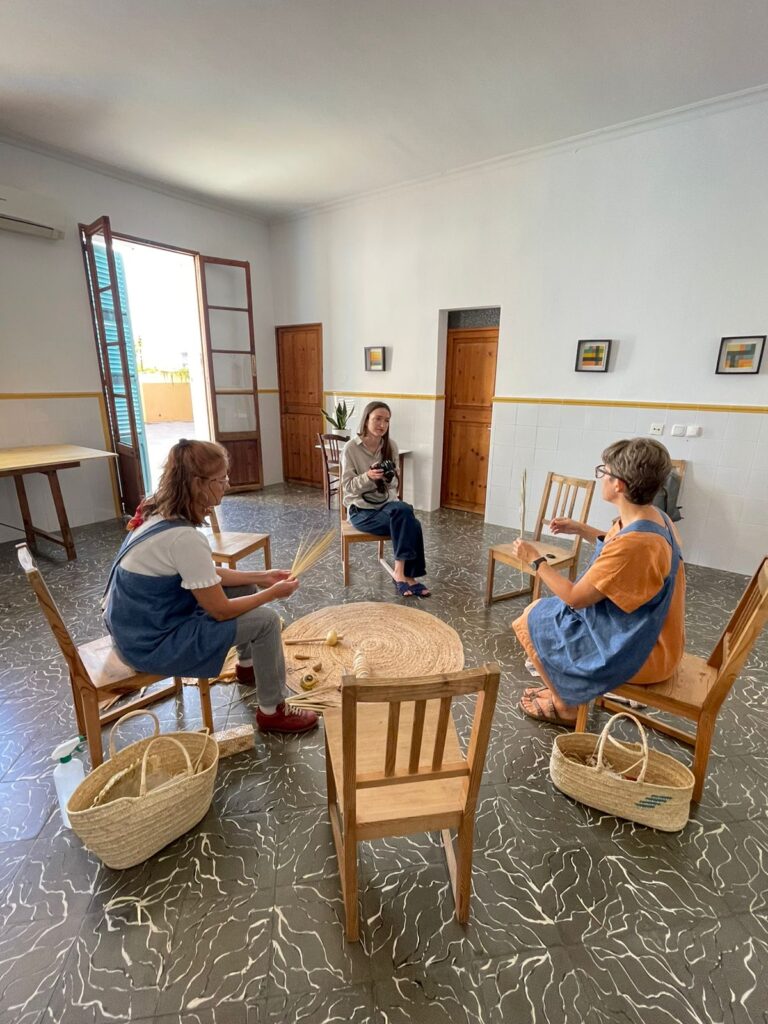
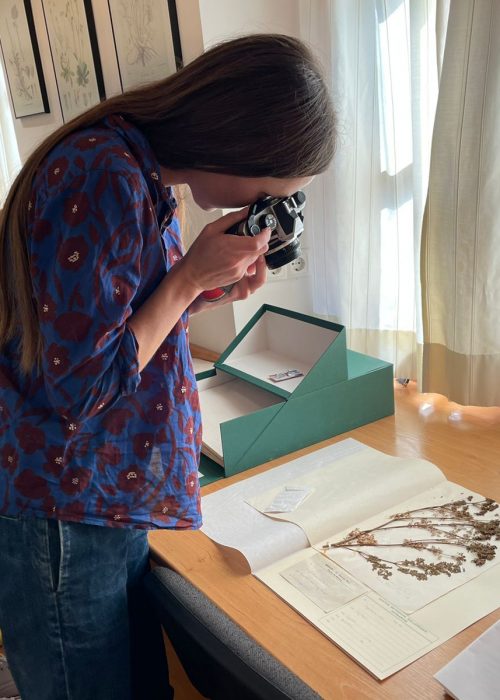
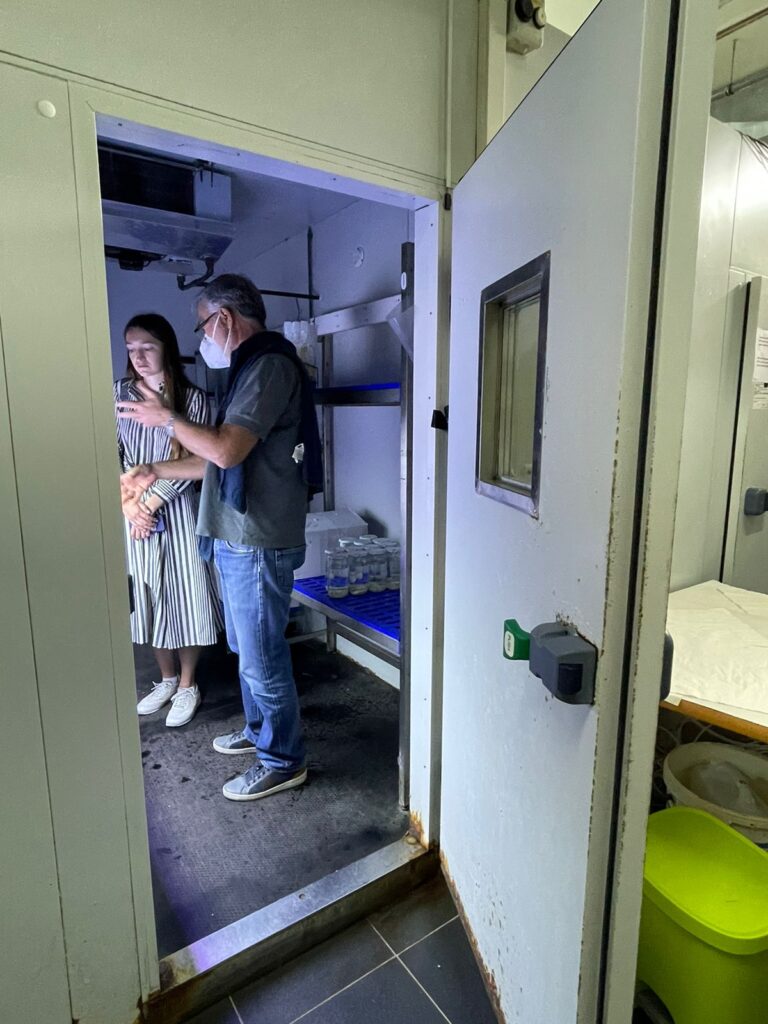
Lucy Orta in Mallorca and Ibiza
Lucy Orta, whose proposal is meant to generate a discussion about the current situation of red coral in the Mediterranean, has continued to familiarise herself with some of the ceramic-molding techniques that will allow her to create her model. She has started her work at AAA-Studio, where she has had the opportunity to work with its founder, Arina Antonova, resulting in several experimental ceramic pieces. The artist has also gotten acquainted with artisanal pottery-throwing and glassblowing techniques during her visit to Lafiore factory in the small village of S’Esgleieta.

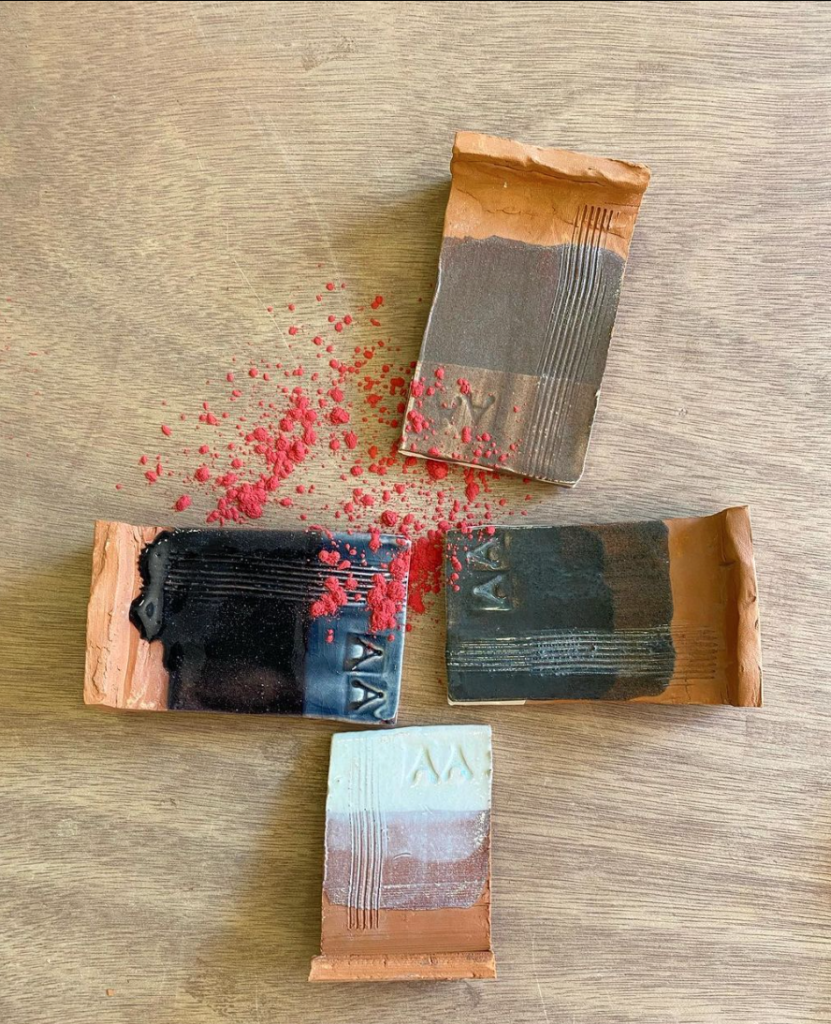

Klitsa Antoniou in Cyprus
Klitsa Antoniou, whose approach to the project is inextricably linked to her sense of belonging to the Mediterranean Sea and its shores, intends to address the issue of the Lessepian Migration from an ethnographic point of view. The artist has explored the archeological collection of the Leventis Municipal Museum of Nicosia, a pre-eminent cultural institution founded by Anastasios Leventis in 1979, that exhibits a whole range of historical objects from different periods. Besides, she has visited the Pilavakio Museum, which is located in the middle of the village of Phini in a 16th century building and which has been described as a “unique agricultural museum of folk art” in her diaries. This way, Antoniou has combined two different scales, the national and the local one, arriving to a thorough comprehension of Cyprus’s history through its artifacts. To improve her expertise on the process of traditional ceramic casting and molding at Panayiotis Christou’s studio
